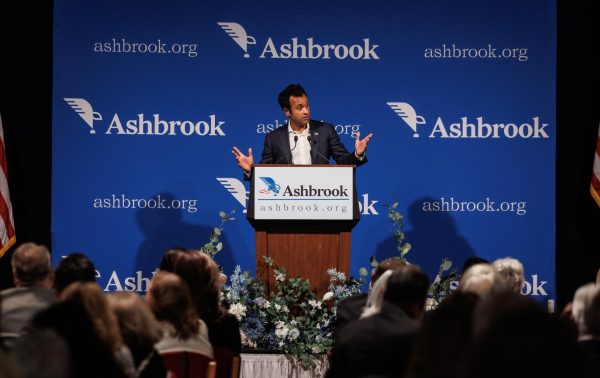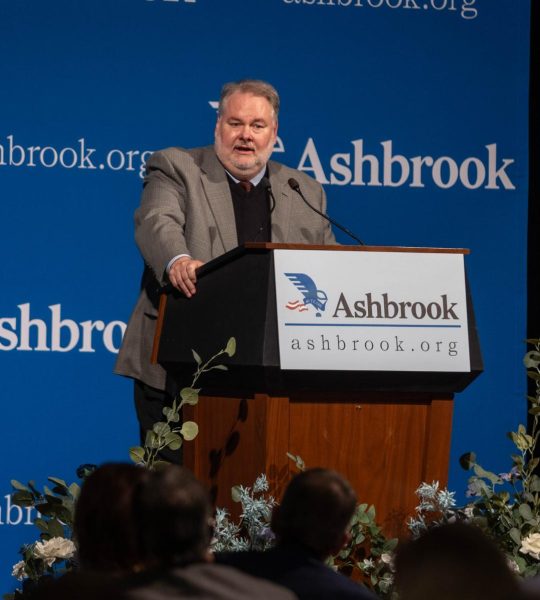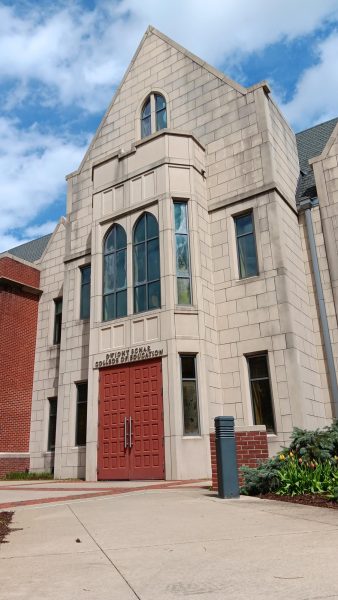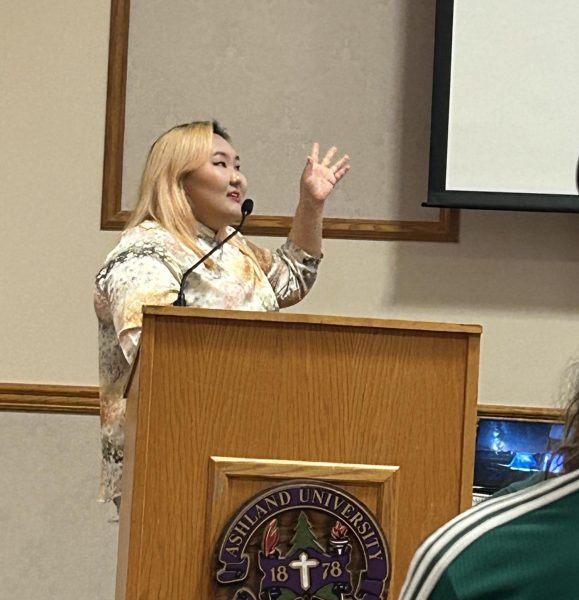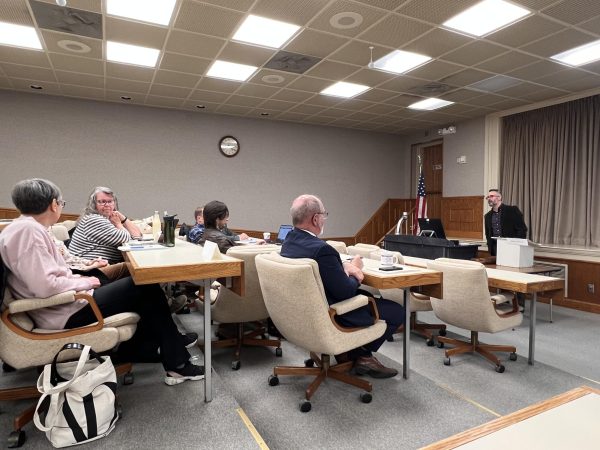New round of cuts hit faculty: Tenured faculty are cut for the first time
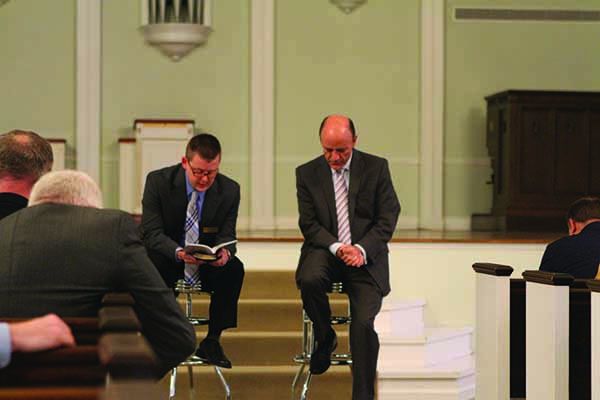
A prayer service was held in the Chapel on Aug. 13 prior to the second round of faculty cuts that have occured within the last year. President Carlos Campo and university Chaplain Jason Barnhart desired to meet before announcing the cuts to ask for guidence and understanding in these hard times.
August 20, 2015
Faculty cuts will continue at Ashland University, with a 15 percent cut to the personnel budget on Aug. 14.
Before the cuts were made, President Carlos Campo said anywhere from 25 to 40 faculty members would not have their contracts renewed, with 75 to 80 percent being tenured professors.
In a story posted on Aug. 17, Inside Higher Ed reported 23 professors received notices, but Campo wouldn’t release the exact number of staff cuts made.
“I think there’s a potential scenario,” Campo said, “where, if I’m a faculty member in a particular area or department and I hear that one of my fellow department members received a non-renewal notice, they might say ‘Gosh, I was planning on retirement’ or ‘I was thinking about moving.’ All of these things might trickle down and through.”
He expects information to be available in the next few weeks.
Tenured faculty notified on Aug. 14 would be able to teach for the next three semesters, while untenured professors would teach out this academic year.
“We’re not seeing any immediate impact to the campus, we hope,” Campo said.
There is a provision in the non-renewal notices that would allow faculty to leave the classroom but continue to earn their salary, Campo said, although he doesn’t know anyone who has taken that option.
“If they took another full-time position somewhere, no,” he said, “but if they said ‘I can’t handle being in the classroom,’ that’s something we would work out with them personally but there is provision in the faculty rules and regulations for a faculty member to work with us on those issues.”
That hasn’t stopped departments and programs from wondering how they will survive these cuts.
AU’s Masters of Fine Arts in Creative Writing program is expected to lose both of its administrative assistants in November, one full time and one half time. Stephen Haven, the director of the program, said the structure of the mostly-online program would have to change to accommodate the staff cuts.
“We can’t function,” Haven said.
Their salaries, along with Haven’s, were covered by the MFA program’s profits, Haven said. Coordinating housing, setting up the online courses and keeping the program’s accounts organized were only a few of the 12 pages of listed responsibilities fulfilled by the assistants.
The philosophy department will also be losing a professor. Louis Mancha, the chair of the department, is also unsure of what to do next.
“We’re teaching overloads in the core, we meet needs in various programs all across campus,” he said. “We teach more than 24 students per section, and I’m finding it very difficult, with the four of us, to make the schedule for next spring…I will have roughly 200 seats that I will either have to say no to, or find compensation for. Couple that with the fact that adjuncts in philosophy are very difficult to find…and so I’m very nervous about what will happen.”
Other departments that have lost faculty members did not respond to requests for comment.
Campo has described the move as necessary, but imperfect.
“We’re not ok,” he said, “Here’s an institution that frankly was in peril of defaulting, we were in peril of being the next Virginia Intermont (a private liberal arts school that closed in 2014). We’re not there; we’re not in danger of closing our doors.”
AU’s Composite Financial Index, which is generated by the Council for Independent Colleges, is part of why Campo and the Board consider this a necessary action. AU’s score for 2012-13, the most recent data, is 1.8. That score earns a recommendation to “reengineer the institution” from the Council.
That’s what this move is doing, Campo said, and that is what makes it different from cuts in the past.
“When I look at the institutional history, 2008, 2009, 2010, year after year there have been these cuts and cuts and cuts and. I can’t speak to all of those, this is probably the first time where there’s a real strategy involved and a reallocation.”



